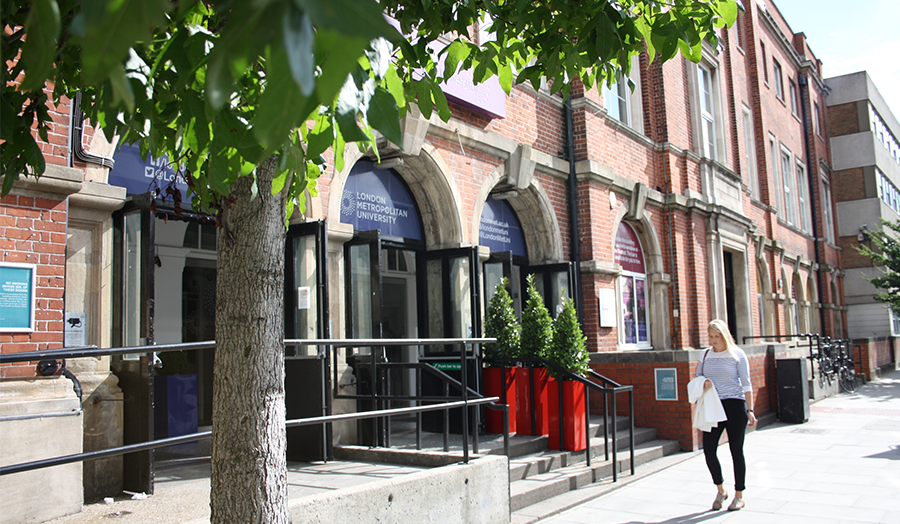London Metropolitan University is the best performing higher education institution (HEI) in England for reducing carbon emissions, according to a new report published today.
Date: 21 September 2015
The Islington-based university reduced carbon emissions by 51% last year, highlighting its commitment to environmental sustainability and its contribution to tackling pollution in the capital.
The University Carbon Progress Report, produced by Brite Green, shows that the majority of universities have fallen behind both their own carbon emission targets, and those set by the Higher Education Funding Council for England (HEFCE). Of 127 universities, only 31 are on track to meet or exceed their targets, the report says.
London Met bucked the trend by comfortably exceeding its reduction target of 33%.
Rachel Ward, Sustainability Manager at London Met, said: “We're immensely proud of our efforts to reduce the University's emissions. This is the result of four years’ hard work by every part of the University, including academic and professional service staff, students, and our Students' Union.
“We're not complacent however, and have some big plans for our future.
“This year we're utilising renewable energy for ourselves for the first time by installing solar panels on our Science Centre, reviewing lighting across the institution, and managing a project to improve the energy efficiency of our buildings.”
How was it achieved?
London Met has brought in a wide range of initiatives to tackle carbon emissions. In 2014 it introduced a new electric mail van for deliveries between campuses – saving some 765 kg of CO2 every year – the equivalent of 1,551 tube journeys between the University’s Holloway Road and Aldgate campuses.
The largest energy saving, however, was delivered through its Building Management System, which controls heating and cooling. Savings were made by aligning use more closely around the University’s timetabling, therefore avoiding wasted energy use. This enabled carbon reduction to be achieved despite the University extending its opening hours.
IT improvements also contributed to the saving through new, more efficient computers, shut downs and centralised printers. The University has successfully installed new IT labs across its campuses, while still achieving extensive carbon savings through these measures.
Lighting has accounted for a large saving. Energy-saving lighting and controls are installed whenever the University refurbishes areas. In 2013, London Met installed LED lighting on the first and second floors of its Learning Centre which reduced energy consumption by 54%.
And a comprehensive programme of awareness raising activities, such as London Met’s Green Week and Big Dig events, ensures staff and students do their bit.
Sustainability challenge for the sector
Darren Chadwick, Managing Partner at Brite Green, which carried out the report, said: “The university sector faces the same defining sustainability challenge as our economy at large: how to achieve meaningful carbon reductions in absolute terms whilst growing?
“The findings of our second report continue to stress the need for institutions to take a strategic approach to managing their carbon plans and address all material risks, drivers and opportunities.
“Institutional carbon strategies should be integrated into the commercial strategies with aligned and achievable reduction targets.”

